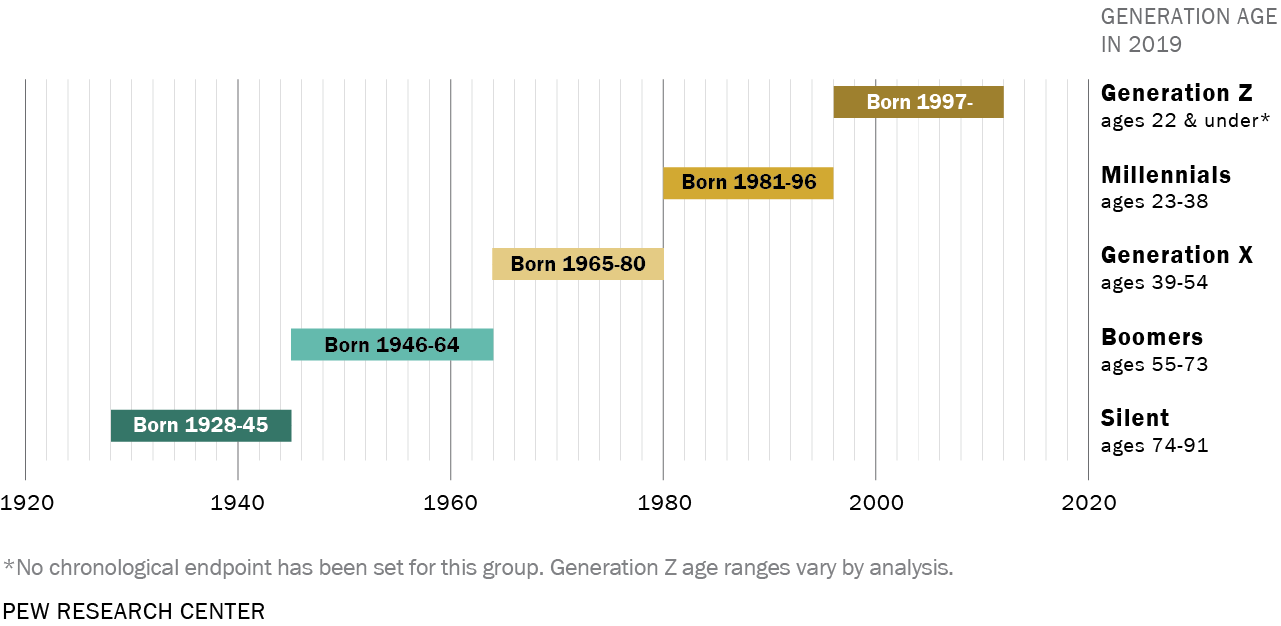This also points to an additional essential problem: the legislation of ways accessibility runs far beyond practical question
of just what ARTs tend to be permissible and also for who, since such legislation can be countered by relevant guidelines regarding, as an example, the relation between marital reputation and ways access. If ways is legitimately built because the domain name of hitched, heterosexual couples merely, next also a liberal kind of ways legislation (for example enabling using surrogates) perform little for queer and trans individuals. Therefore biotechnological rules are strongly implicated in parents law as well as other connected legislation which design child-rearing possibilities along biotechnological also socio-cultural dimensions.
In classifying specific region as restrictive, advanced, or permissive Engeli and Rothmayr Allison’s unit requested three concerns:
‘(1) as to the degree if the industry of ARTs be left to self-regulation because of the medical neighborhood? (2) what sort of parental model(s) must be advertised? (3) Should the condition funds ART medication or should it is left to personal financial resources?’ (88). Self-regulation by health workforce, one problem, just isn’t useful in deciding on queer and trans problems, as it can certainly individualize decision-making with regards to queer and trans copy. Alternatively, the audience is thinking about the organized ways that that copy are allowed or disabled. Thus we changed self-regulation with looking at what forms of artwork methods are permitted for (what types of) queer and trans visitors. The next matter lifted by Engeli and Rothmayr Allison regarding parental items is beneficial in deciding on queer and trans people’s possibilities for parenthood; we analyse they in terms of possibilities for appropriate parenthood subscription, and much more virtually, in connection with parenthood terminology utilized on beginning certificates. We kept Engeli and Rothmayr Allison’s third concern of this artwork money possibilities for queer and trans individuals as it plays a significant role when you look at the personal stratification of (queer and trans) reproduction, as it is frequently just white middle-class queer and trans individuals who are able to afford to fund artwork independently. Concerning Engeli and Rothmayr Allison’s unit, we therefore perform a couple of things: we change their particular inquiries to create higher explicitness regarding exactly how queer and trans everyone is impacted in their search for artwork need and parenthood standing, so we declare that specific states are not systematically limiting or permissive in their laws relating to artwork accessibility and parenthood.
Jasanoff ( 2005a , p. 147) shows that in their artwork rules says perform a kind of ontological purchasing. That purchasing differs from the others in diverse nations’ nationwide guidelines regarding the exact same health-related issues. Hence in different ways places attempt to draw a line around what they respect as morally and politically legitimate processes for recreating human beings. Ontological surgery is the method whereby groups become established and ethical maxims repaired; regarding ART, ontological procedures ‘sort[s]
ART regulation and queer and trans individuals
The definition of artwork differs across different contexts but according to research by the globe Health company, ways ‘includes the in vitro maneuvering of both real oocytes and sperm, or embryos with regards to setting up pregnancy’ (Zegers-Hochschild,Adamson, de Mouzon et al., 2009 , p. 2685). As queer and transgender people are able to shape non-genetically and genetically linked households and kinship relations, ARTs now pay the chance for a ‘new reproductive reason’ (Solinger, 2013 , p. 100), as different forms of non-heteronormative people are designed, challenging established sex, sex and kinship norms (dickey, Ducheny, & Ehrbar, 2016 ). This latest reasoning gave increase with the concept of reproductive legal rights to combat discrimination in accessibility ART, in child-rearing rules and directly to determine about reproduction (Galpern, 2007 ). Reproductive technology have allowed changes to exactly how we remember family members and kinship (Edwards, 2014 ; Franklin, 1997 ; Strathern, 1992 , 2004 ). The British healthcare connection, as an example, provides insisted from the term ‘pregnant people’ to restore ‘pregnant women’ (Siddique, 2017 ).
This enables for all the addition of pregnant trans or intersex guys in pertinent paperwork.
McCandless ( 2012a , 2012b )) enjoys called for a change to the appropriate perceptions of parenthood in British laws to need accounts of the latest kinds of parenthood. However, the UK’s people Fertilisation and Embryology operate (HFEA) 2008 stipulates that only a cis girl giving birth tends to be taped while the ‘mother’ throughout the delivery certification and a second (cis or trans) feminine moms and dad in the case of lesbian parenthood as ‘parent’ (Government UK, 2008 ). The process in britain for somebody like transman Thomas Beatie is the fact that he could be maybe not a female giving birth, ‘but the text in the rules specifies that updates of appropriate mother try awarded to ‘“the girl” just who provides beginning’ (McCandless, 2012a : n.p.). To experience appropriate parenthood Thomas with his spouse would have to follow their own youngster with significant county contribution, as Thomas’ feminine mate could be unable to state parental status because he could be maybe not considered to be the appropriate mom of this son or daughter. From inside the HFEA 2008, same-sex and various other sorts of parenthood is efficiently ‘assimilated into the standard families model’ (McCandless, 2012a , n.p.).

